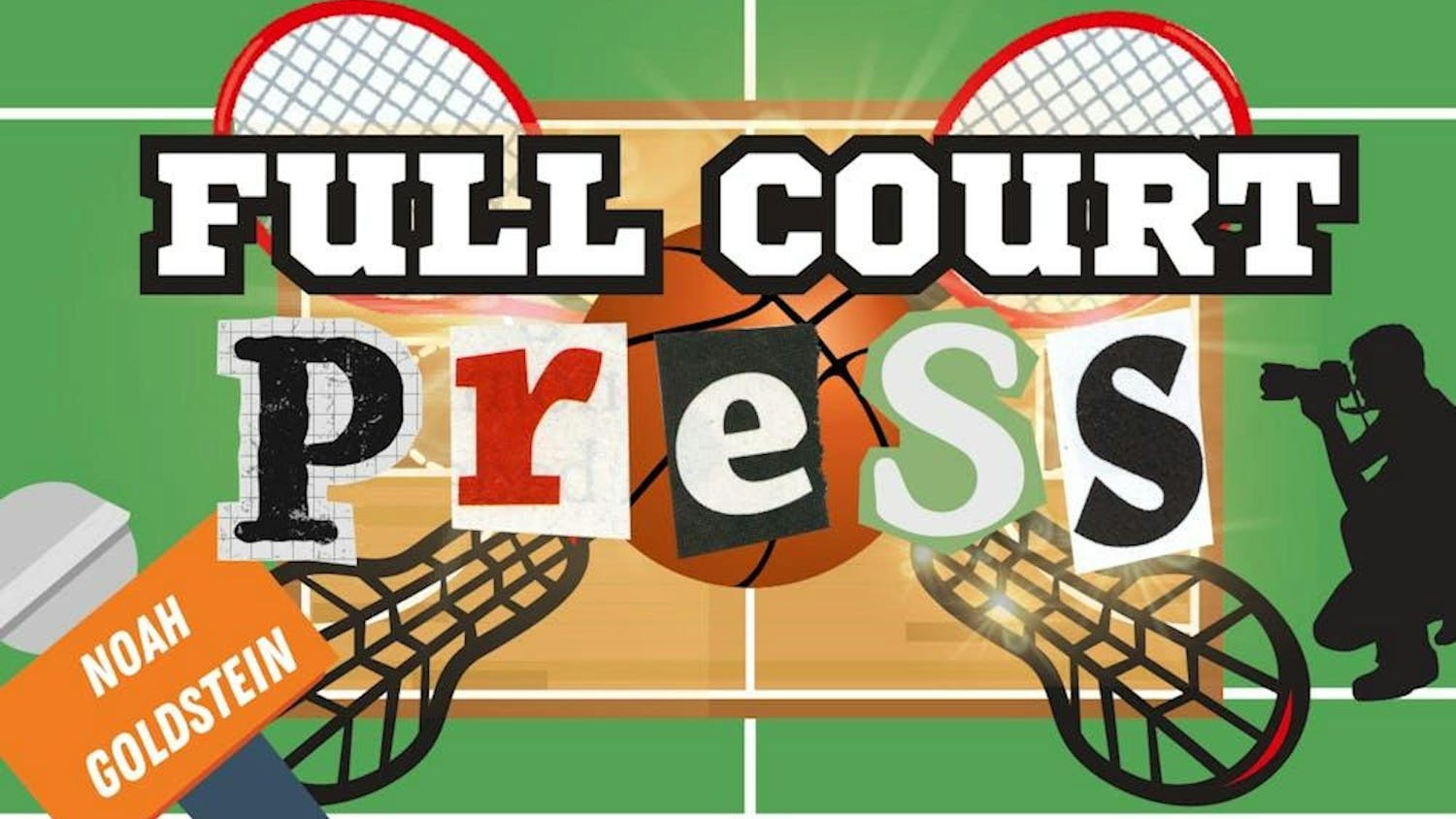America is in crisis. A critical election looms, and hundreds of thousands of people cannot make it to their polling places. Calls for easier access to absentee voting are met with warnings of fraud and corruption.
The year was 1864.
Soldiers needed a way to get their votes counted as the Civil War raged.For the first time,Americans began voting absentee on a large scale. Some states allowed soldiers to vote by mail or name aproxy to vote for them at home. Clerks and state officials set uppolling stations in encampments and field hospitals.
According toDonald Inbody, a political science professor at Texas State University, soldiers from Minnesota back then voted similarly to how we do today: “They marked their ballot, stuck it in an envelope, mailed it back to whatever county they were from ... Then (county officials) dropped it into the ballot box with all the rest and counted them like all the rest.”
In that year,19 Union states (mostly Republican-led) changed their laws to permit soldiers to vote by mail while hesitant Democrats called their efforts “a scheme … to gain some great advantage to their party.”
But expanding the access to vote is never fraudulent, and President Lincoln knew it. “We can not have free government without elections,” he told a crowd in 1864, “and if the rebellion could force us to forgo, or postpone a national election, it might fairly claim to have already conquered and ruined us" — a sharp contrast from President Trump’s tweets calling to“Delay the Election.”
Soldiers continued voting from afar during major wars in U.S. history, including both World Wars. Both Franklin Delano Roosevelt and Harry S. Truman supported voting overseas; over3.2 million absentee ballots were cast during World War II.
In the early 20th century, people began considering non-military reasons for being away from home on Election Day. At the 1917–18 Massachusetts Constitutional Convention, one delegate promoted access to absentee voting for laborers “in industry,” such as railroad workers and traveling salesmen. He argued that they, along with soldiers, were “toiling and sacrificing … for the common good.” Industrialization and more efficient transportation made it possible for people to live and work on the road. America was “becoming a much more mobile country,”according to John C. Fortier, author of “Absentee and Early Voting” (2006). As a result, states began to “make exceptions” for traveling workers and even people who were sick.
In 1978, California became thefirst state to allow voters to apply for a mail-in ballot without an excuse. Today,29 states and Washington, D.C. allow no-excuse mail-in voting.Oregon, Colorado, Hawaii, Washington and Utah haveall been voting entirely by mail since before the COVID-19 pandemic began (Oregon, the first,since 2000).
Fears of false elections by mail do not have much backing: In 2016, one fourth of the ballots were mailed in.According to MIT political scientists who analyzed numbers from the Heritage Foundation’s Election Fraud Database, only 0.00006% of those 250 million votes were fraudulent.
Instances of absentee voting date back to theAmerican Revolution. Its history is long and true.





